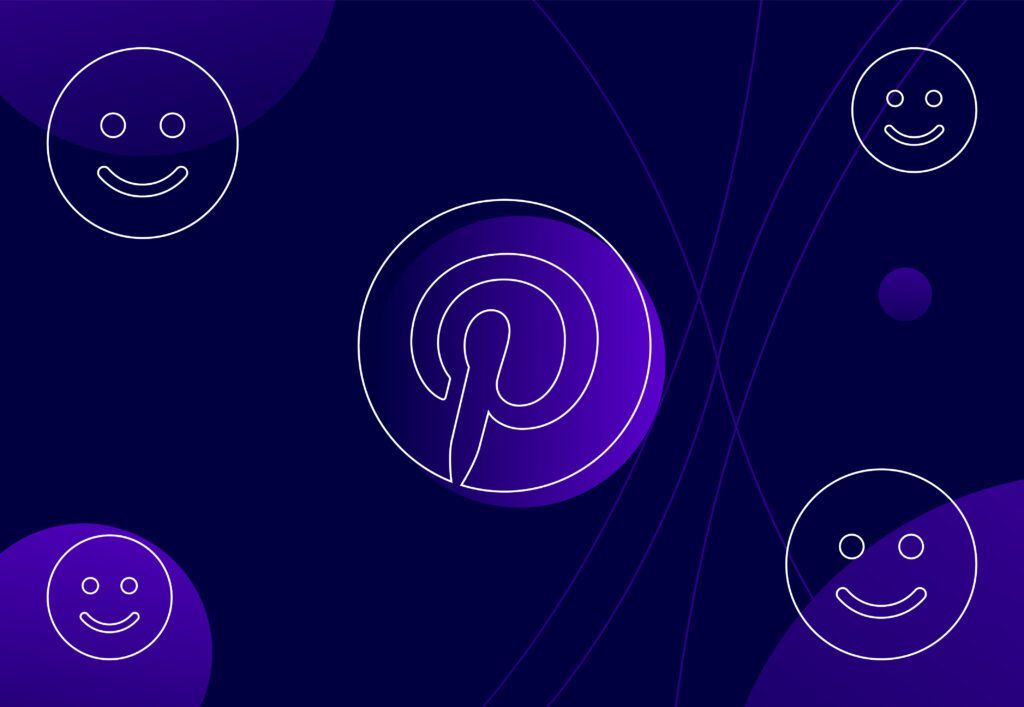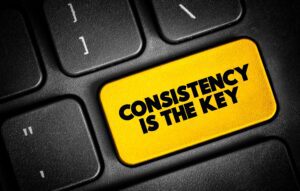
More than just a mood board: How to boost your sales using Pinterest

Pinterest is no longer a place to create mood boards and pin recipe ideas. It’s become one of the largest visual discovery platforms and as a business, it’s something you shouldn’t ignore.
- 61% of UK Pinners find that Pinterest has an influence on them when they are browsing for products
- 46% of UK Pinners have discovered new brands or products on Pinterest
- 72% of Pinners in the UK browse Pinterest for purchase inspiration
Although it might not immediately come to mind when deciding what platform to invest in, it should do. Pinterest is one of the only social platforms that allows users to focus on themselves rather than on others.
People get inspiration for life events, recipes, clothes, interiors. They can learn new skills and research things that interest them. In turn, this has led to the platform becoming a great platform for users to discover new brands and make purchase decisions, as they are already actively invested in similar products and ideas.
So how can brands use Pinterest to boost sales? Here are 3 easy things you can do to get started.
1. Make your brand known

The majority of pins that are shared on the platform are unbranded. In their ‘best practices’ guide, they suggest you put your logo on every pin that you make, both organic and paid, but keep it subtle, just like Glossier have in their pins (see below)
At the end of the day, it’s a very visual platform. Your product should be the focal point of your pin as the more attractive the pin, the more likely it is to get shared, but by including your logo or brand name, you are still getting your brand name out there.
2. Be consistent

It’s all well and good creating beautiful visuals for Pinterest. However, if someone clicks through to your website, it’s vital that the look and feel of your brand is the same as it is on your Pinterest profile.
The key to success on Pinterest is having high-quality visuals and a strong visual identity. This allows people to recognise and connect with your brand. Whether you’re posting video, photography or infographics, your branding needs to be clear.
3. Optimise your pins

Using promoted pins and rich pins is an effective way to make the most out of your content.
Rich pins, similar to ‘dynamic ads’ on Facebook, pull information from your website to show alongside the product image/video, like photo, title, description, etc. On mobile, viewers can then click a blue ‘shop button’ and be directed to your website. Harvey Nichols have used this type of pin, using the product title, price and stock details.
Again, similar to Facebook’s boosted posts, you can pay to have your organic pins shown to more people. You can create pins and target your audience by their search keywords, interests, age and gender.
Promoted product pins can be helpful for generating more sales as they simply take the user directly to your website when they click, rather than your profile. A promoted pin will look like this and appear on the homepage or the search results of the target users. They blend in with other pins as the call to action is subtle, making the product the key focus of the image.
Want to increase your sales using Pinterest?
By implementing these ideas into your Pinterest marketing strategy, you should see your sales begin to increase. If you would like more information on how you can increase your sales on social media, no matter what platform, get in touch with us today!



